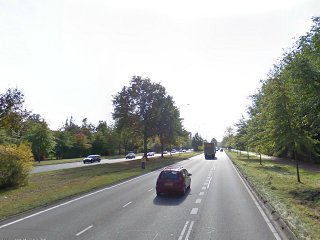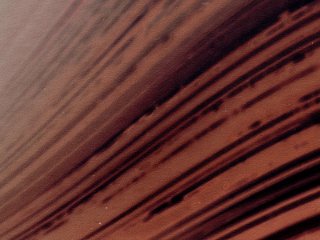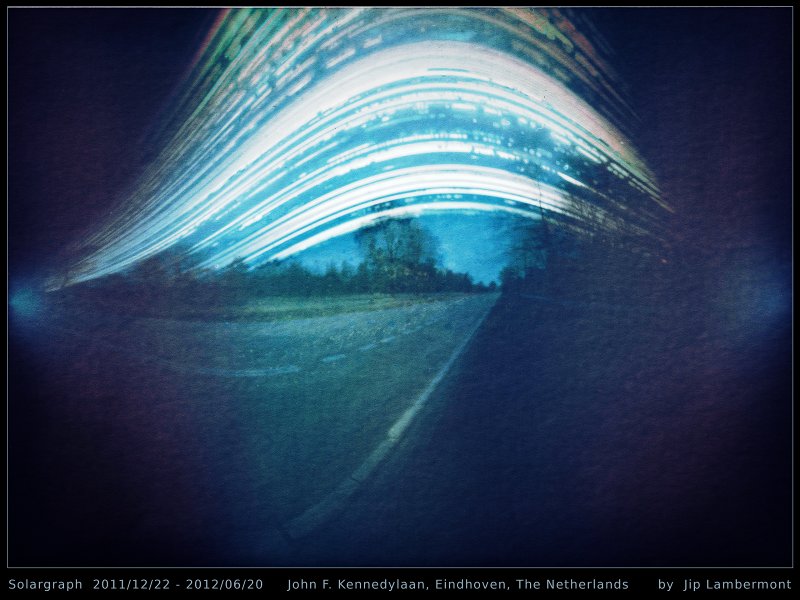
John F. Kennedylaan in Eindhoven, the Netherlands
Half a year in one picture
What would you see if you put everything that happens in half a year in one picture? The image above is such a picture, captured on one of the busiest streets in Eindhoven, the Netherlands: The John F. Kennedylaan. This picture was made by a pinhole camera made from a cola can. The camera started to capture the image on the shortest day of the year, when the Sun was at its lowest point. And was ready half a year later during the longest day of the year. The result is this solargraph, which shows the path of the Sun in the sky during half a year. Every day the Sun crossed the sky a bit higher, leaving bright stripes in the sky. The solargraph also shows when the Sun was hidden by clouds.
Over 3,5 million people drove by during the exposure of this picture.
The street in the image looks empty when this picture was shot, but it is not. Over 3,5 million people drove by during the exposure of this solargraph. If you've visited Eindhoven during the past 6 months you are probably on it too. Yet, none of the people or cars show up in this solargraph. None of the moving things in the image reflected enough light to show up on this picture; while all of the fixed objects in sight could expose the picture long enough to become visible. When none of the people or cars leave any trace in this solargraph, you could ask yourself if the John F. Kennedylaan in Eindhoven is such a busy street after all. The next time people end up here in a traffic jam, they can comfort themselves with the thought that the street is actually quite empty.

The morning sun marks black lines on this detail of
the negative. On the bottom right it is winter, on the upper left
summer
Astrophysics in a can.
From winter to summer the Sun crosses the sky a bit higher every day. This is because Earth's rotation axis is not precisely perpendicular to its orbital plane with the Sun. This angle causes the seasons on our planet. During winter the Sun was low in the sky because the Northern hemisphere (on which this picture was taken) was directed away from the Sun. Half a year later the Northern hemisphere was directed towards the Sun, allowing the Sun to rise high in the sky. All this was captured with the aid of an empty cola can. By puncturing a small hole in the can, placing a sheet of photographic paper inside and closeing up the can again with some duct tape (leaving open the small pinhole), this piece of waste turned into a pinhole camera. Only one more thing is needed for a solargraph... half a year of patience.
![]()
